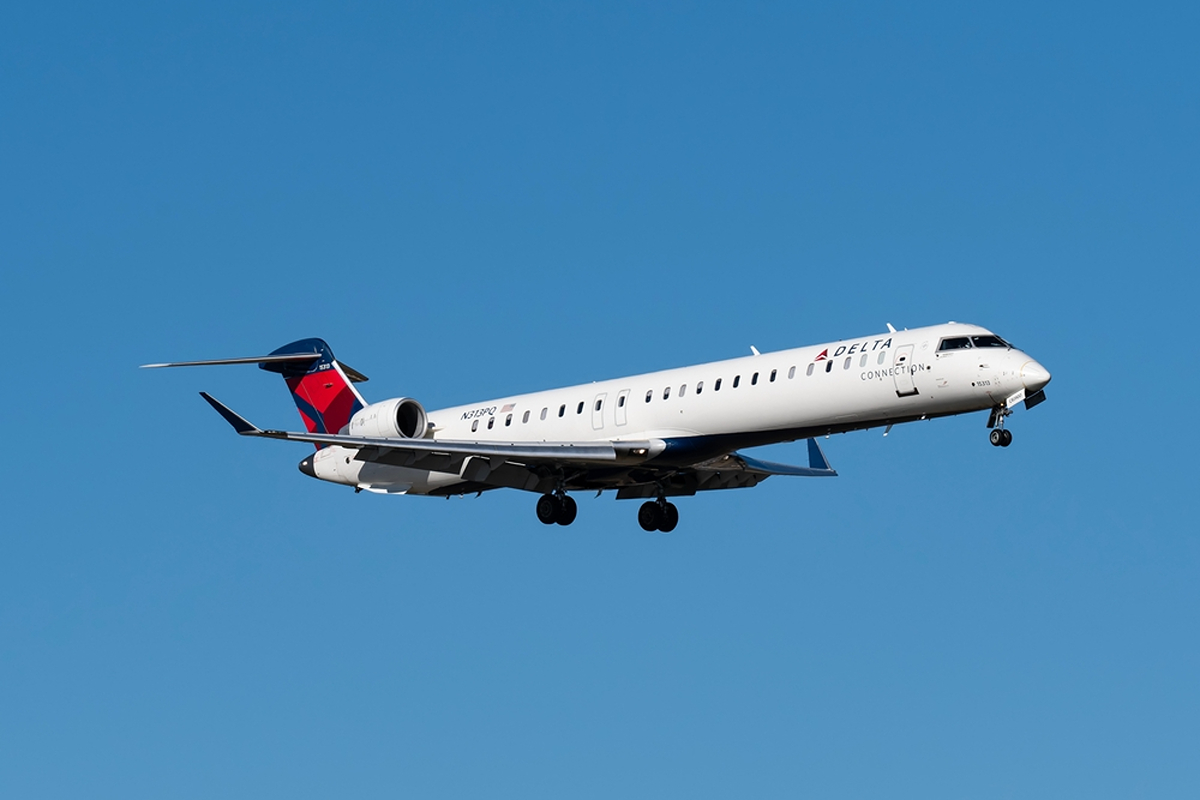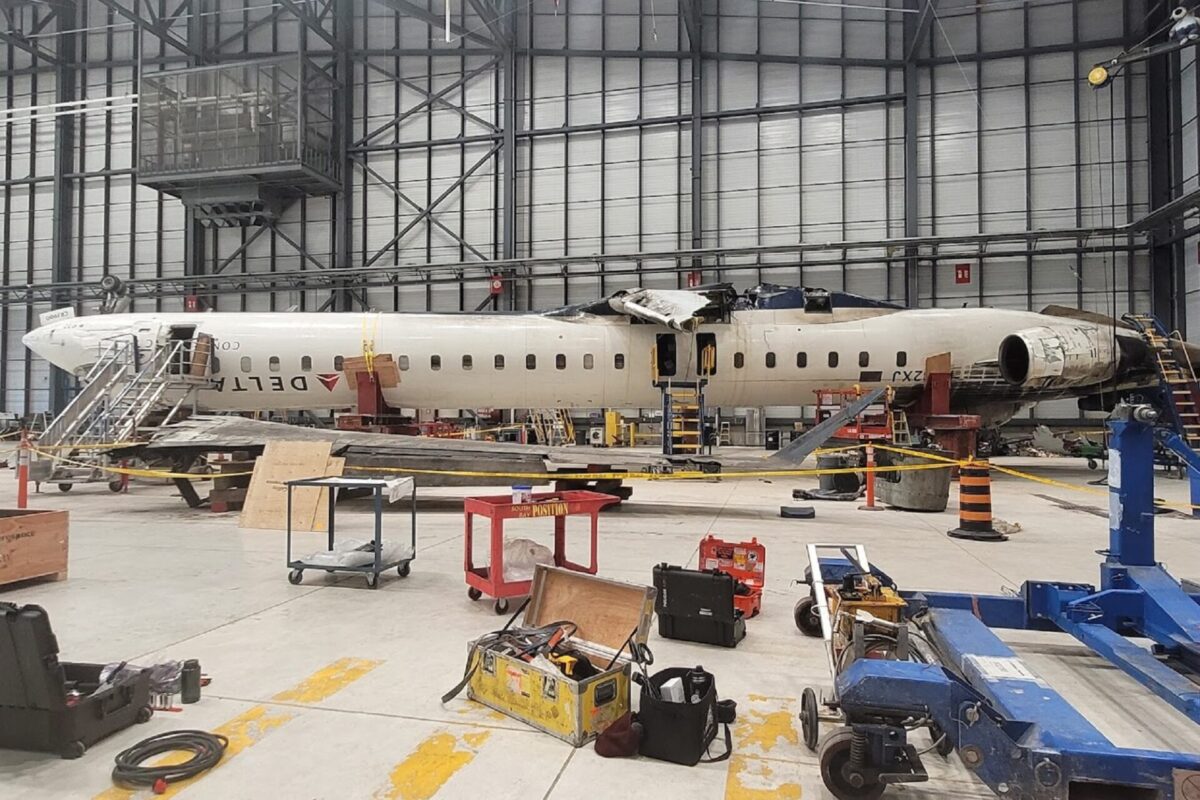According to reports, Delta Air Lines is now facing 11 separate lawsuits arising from a landing accident involving a CRJ regional jet operating on its behalf in Toronto on February 17, 2025. The plane, operated by Endeavor Air on behalf of Delta Connection, landed heavily on an icy runway at Toronto-Pearson Airport (YYZ), losing a wing in the process and coming to rest in an inverted position.
Of the 80 passengers and crew onboard the aircraft, there were no fatalities. While 21 passengers received minor injuries, only four were hospitalized, with the last leaving medical care after three days. Survivors stated that the prompt actions of the crew helped in the swift evacuation of all onboard with no deaths resulting.
While an investigation by the Transportation Safety Board of Canada (TSB) into the accident is still ongoing, in late March, a preliminary report highlighted 11 areas of the investigation that will be examined in much more detail.
However, while it was reported at the time that two passengers had received ‘serious injuries’, according to a report on travel website PYOK, eleven passengers are now claiming that they have been left with “extreme injuries” from the crash landing and have initiated legal action against the airline for damages in respect of their injuries.
The majority of the lawsuits that have been against the Atlanta-based carrier are basing their claims making claims under the Montreal Convention, which makes airlines responsible for injuries sustained by passengers during the course of a commercial flight.
Some of the lawsuits also accuse Delta of negligence and an “extensive litany of errors and omissions” that led to the accident. Earlier in May 2025, Delta filed to have all of the lawsuits moved to a Minnesota district court, where they can be consolidated into one main case to facilitate pre-trial hearings. The venue was chosen as the flight involved the accident had departed from Minneapolis in the state of Minnesota.
“The District of Minnesota has the most, and most substantial, connections to the Accident of any US District and would be the most convenient and logical location in the US for a significant majority of parties and potential parties,” attorneys acting on behalf of Delta wrote in their court submission. Additionally, lawyers acting on behalf of the carrier denied any liability that it was responsible for the injuries sustained by any passenger traveling on the accident flight.
Within a few days of the accident, Delta Air Lines had offered $30,000 compensation to each passenger aboard the flight. The ‘no-strings’ compensation package came without preconditions or any admission of liability, and preserved passengers’ rights for any future potential legal action that may follow as a result of the accident. It now appears that the filing of such actions is accelerating. Indeed, Delta says it is anticipating more passengers from the flight in question to file legal claims against the airline in the coming weeks and months.
According to PYOK, amongst the passengers launching legal claims is Marthinus Lourens, who was allegedly covered in aviation fuel as the plane slid down the runway. Lourens was left suspended in his seat, hanging upside down with “significant injuries to his head, neck, back, knees, and face.”
Another passenger, Hannah Krebs, said she was violently thrown about the cabin as the plane was flipped upside down, according to her lawsuit filed against the airline.
The investigation continues
With the TSB continuing its work into investigating the causes of the accident, the preliminary report was published in March 2025, just weeks after the accident. While the initial report did not conclude as to the cause of the crash, investigators set out a detailed timeline that focused heavily on the CRJ900’s descent moments before it touched down in Toronto.
The preliminary report highlighted the 11 areas of the investigation that would be examined in much more detail. These include examining the wing structure of the jet, as well as landing techniques, pilot training, and certification of the landing gear. Along with losing its port wing in the landing sequence, a significant portion of the tail, including most of the vertical stabilizer and the entire horizontal stabilizer, also broke away from the aircraft.
The TSB explained that as the Delta Connections flight reached touchdown the “side-stay attached to the right MLG fractured, the landing gear folded into the retracted position, the wing root fractured between the fuselage and the landing gear, and the wing detached from the fuselage, releasing a cloud of jet fuel, which caught fire. The exact sequence of these events is still to be determined by further examination of the fracture surfaces,” the TSB added.





